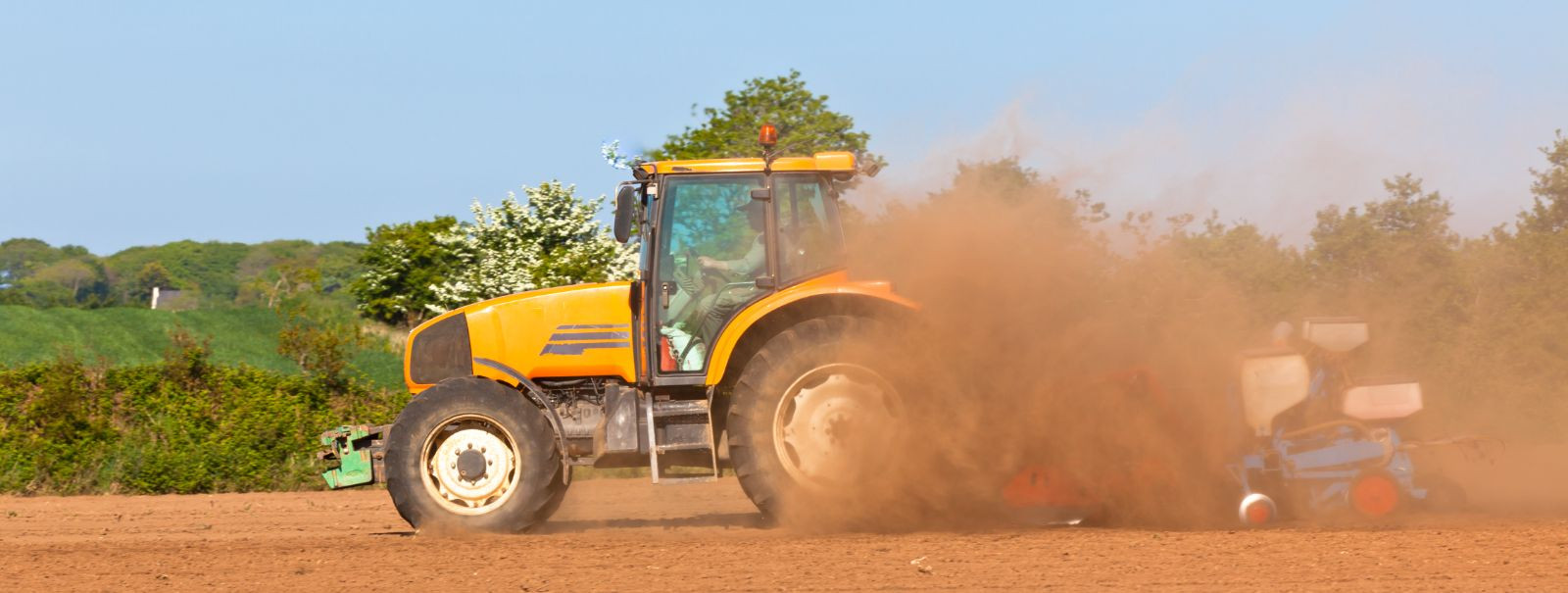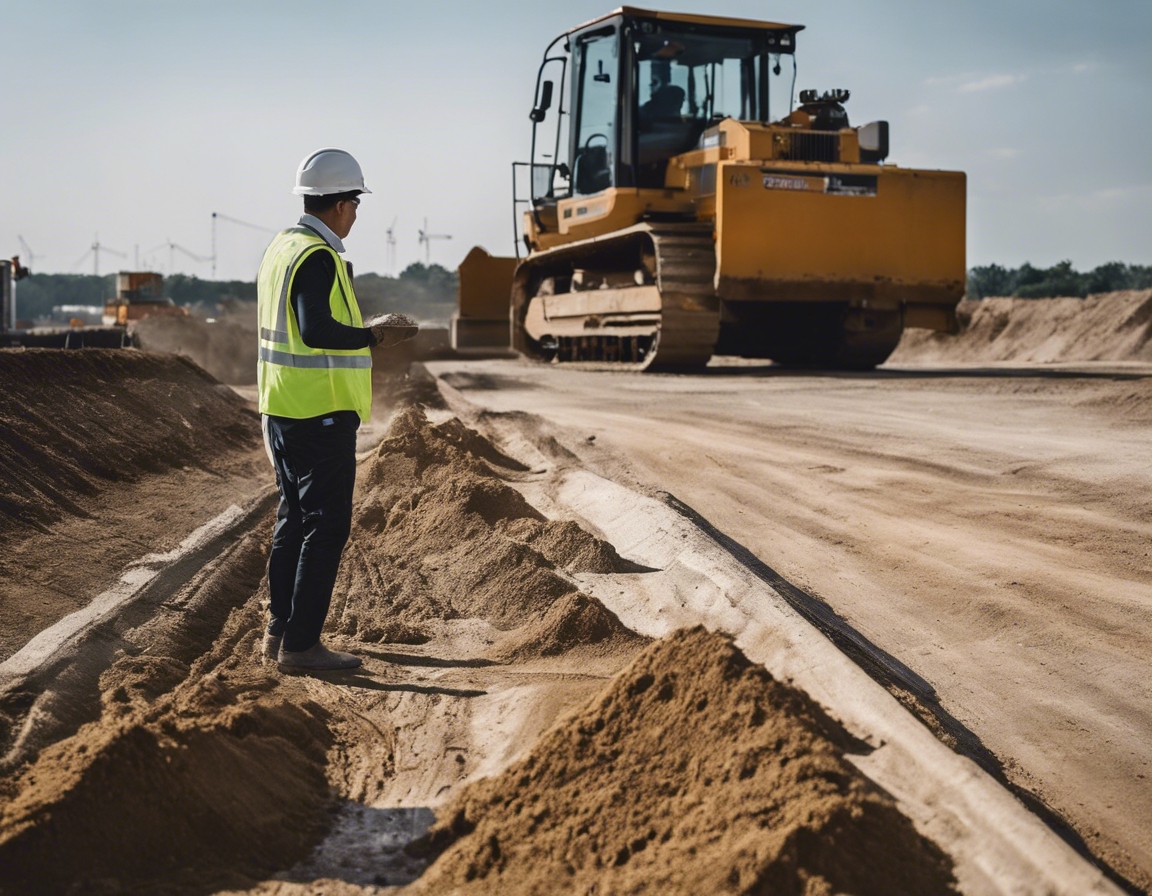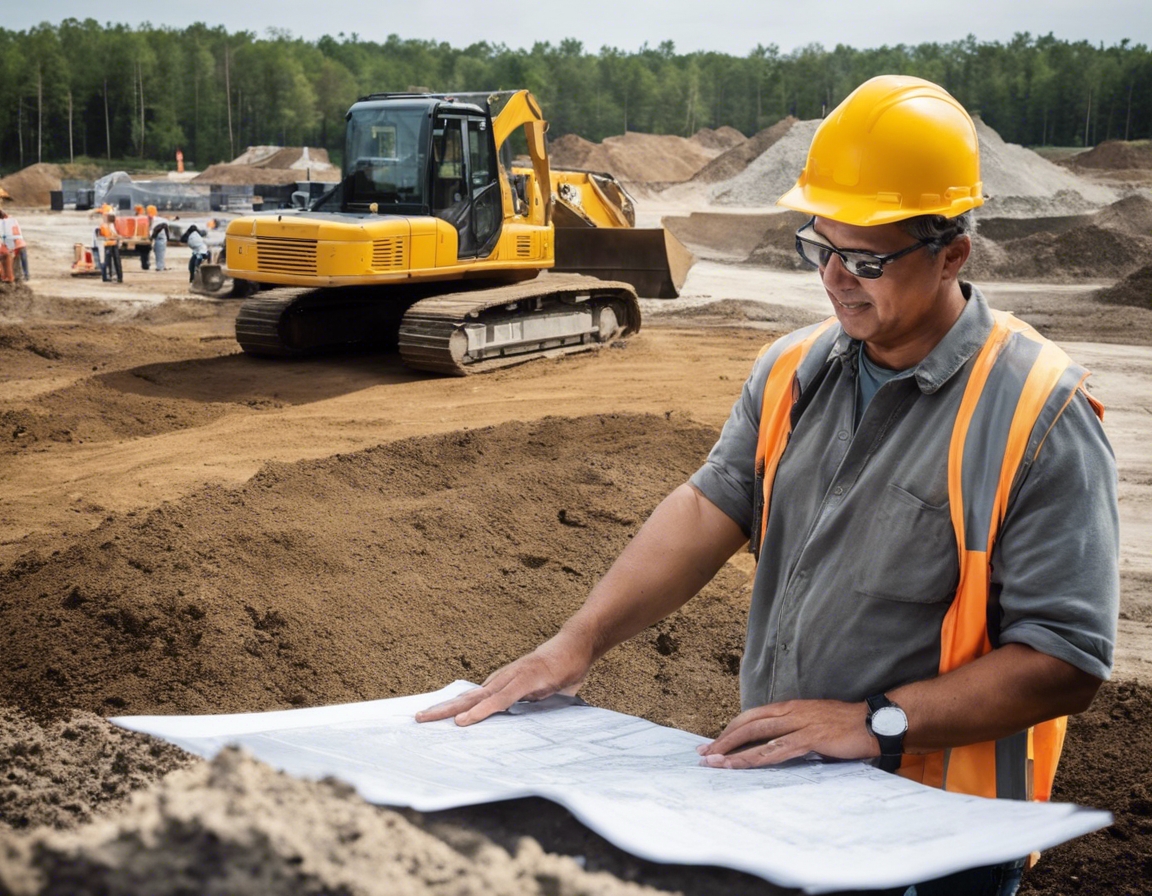The importance of soil stabilization in construction
Soil stabilization is a critical process in construction that involves altering the physical properties of soil to improve its strength, durability, and load-bearing capacity. This process is essential for creating a stable foundation for various types of infrastructure, from roads and bridges to buildings and dams.
The practice of soil stabilization has been around for centuries, evolving from simple compaction techniques to sophisticated chemical and mechanical methods. Today, it is a cornerstone of modern construction, ensuring that structures can withstand the test of time and the forces of nature.
The Role of Soil Stabilization in Construction
A stable foundation is paramount in any construction project. Soil stabilization enhances the soil's ability to support structures by increasing its density and shear strength, thereby preventing settlement and ensuring long-term stability.
Soil stabilization also plays a significant role in environmental protection. It helps to reduce erosion and sediment runoff, which can have detrimental effects on surrounding ecosystems and water quality.
By improving ground conditions, soil stabilization can lead to significant cost savings. It reduces the need for expensive deep foundations and allows for the use of local materials, minimizing transportation costs and construction time.
Methods of Soil Stabilization
Mechanical stabilization involves physically altering the soil through compaction or blending with aggregates. This method is often used in conjunction with other stabilization techniques to achieve the desired soil properties.
Chemical stabilization includes the addition of binders such as lime, cement, or fly ash to the soil. These substances react with the soil particles to form a more cohesive and stable compound.
The use of geosynthetics, such as geotextiles and geomembranes, is a modern approach to soil stabilization. These materials provide reinforcement and separation, enhancing the soil's structural integrity.
Soil Stabilization Materials
Lime and cement are time-tested materials for soil stabilization. They are widely available and have a proven track record of improving soil strength and preventing water infiltration.
Recent advancements have introduced polymers and enzymes as soil stabilization agents. These materials offer unique benefits, such as reduced environmental impact and enhanced performance in specific soil types.
Selecting the appropriate stabilization material is crucial for the success of a project. Factors such as soil type, environmental conditions, and project requirements must be considered to make an informed decision.
Regulatory Considerations and Standards
Compliance with local and international regulations is essential in soil stabilization. These regulations ensure that the methods and materials used are safe, effective, and environmentally responsible.
Quality assurance and testing are integral parts of the soil stabilization process. Regular testing of the soil and materials ensures that the stabilization meets the required standards and performs as expected.
Soil Stabilization in Estonia: Local Insights
Estonia's unique geographical and climatic conditions present specific challenges for soil stabilization. The country's cold climate and variable soil types require tailored solutions to ensure effective stabilization.
Adapting soil stabilization techniques to local conditions is crucial for the success of construction projects in Estonia. Understanding the local environment allows for the selection of the most appropriate methods and materials.






Kommentaarid (0)